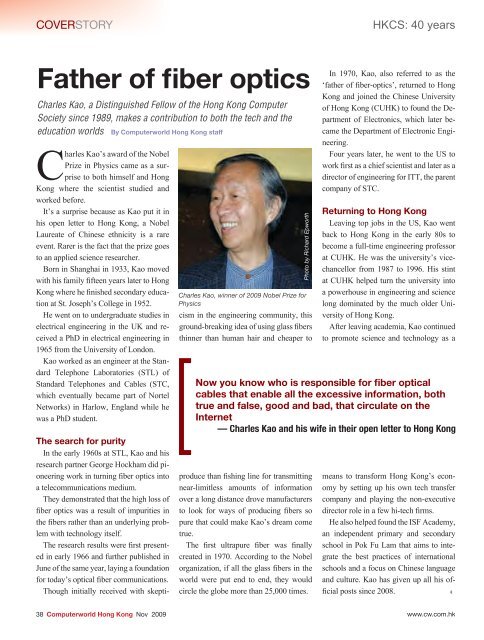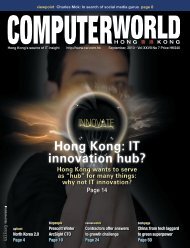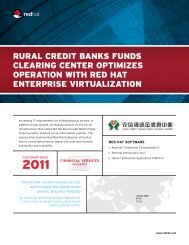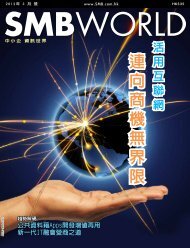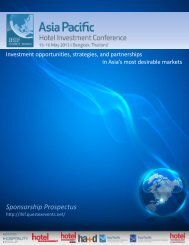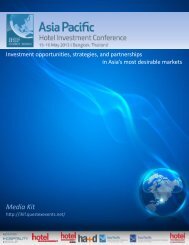Hong Kong Computer Society - enterpriseinnovation.net
Hong Kong Computer Society - enterpriseinnovation.net
Hong Kong Computer Society - enterpriseinnovation.net
You also want an ePaper? Increase the reach of your titles
YUMPU automatically turns print PDFs into web optimized ePapers that Google loves.
COVERSTORY<br />
HKCS: 40 years<br />
Father of fiber optics<br />
Charles Kao, a Distinguished Fellow of the <strong>Hong</strong> <strong>Kong</strong> <strong>Computer</strong><br />
<strong>Society</strong> since 1989, makes a contribution to both the tech and the<br />
education worlds By <strong>Computer</strong>world <strong>Hong</strong> <strong>Kong</strong> staff<br />
Charles Kao’s award of the Nobel<br />
Prize in Physics came as a surprise<br />
to both himself and <strong>Hong</strong><br />
<strong>Kong</strong> where the scientist studied and<br />
worked before.<br />
It’s a surprise because as Kao put it in<br />
his open letter to <strong>Hong</strong> <strong>Kong</strong>, a Nobel<br />
Laureate of Chinese ethnicity is a rare<br />
event. Rarer is the fact that the prize goes<br />
to an applied science researcher.<br />
Born in Shanghai in 1933, Kao moved<br />
with his family fifteen years later to <strong>Hong</strong><br />
<strong>Kong</strong> where he finished secondary education<br />
at St. Joseph’s College in 1952.<br />
He went on to undergraduate studies in<br />
electrical engineering in the UK and received<br />
a PhD in electrical engineering in<br />
1965 from the University of London.<br />
Kao worked as an engineer at the Standard<br />
Telephone Laboratories (STL) of<br />
Standard Telephones and Cables (STC,<br />
which eventually became part of Nortel<br />
Networks) in Harlow, England while he<br />
was a PhD student.<br />
The search for purity<br />
In the early 1960s at STL, Kao and his<br />
research partner George Hockham did pioneering<br />
work in turning fiber optics into<br />
a telecommunications medium.<br />
They demonstrated that the high loss of<br />
fiber optics was a result of impurities in<br />
the fibers rather than an underlying problem<br />
with technology itself.<br />
The research results were first presented<br />
in early 1966 and further published in<br />
June of the same year, laying a foundation<br />
for today’s optical fiber communications.<br />
Though initially received with skepti-<br />
Charles Kao, winner of 2009 Nobel Prize for<br />
Physics<br />
Photo by Richard Epworth<br />
cism in the engineering community, this<br />
ground-breaking idea of using glass fibers<br />
thinner than human hair and cheaper to<br />
produce than fishing line for transmitting<br />
near-limitless amounts of information<br />
over a long distance drove manufacturers<br />
to look for ways of producing fibers so<br />
pure that could make Kao’s dream come<br />
true.<br />
The first ultrapure fiber was finally<br />
created in 1970. According to the Nobel<br />
organization, if all the glass fibers in the<br />
world were put end to end, they would<br />
circle the globe more than 25,000 times.<br />
In 1970, Kao, also referred to as the<br />
‘father of fiber-optics’, returned to <strong>Hong</strong><br />
<strong>Kong</strong> and joined the Chinese University<br />
of <strong>Hong</strong> <strong>Kong</strong> (CUHK) to found the Department<br />
of Electronics, which later became<br />
the Department of Electronic Engineering.<br />
Four years later, he went to the US to<br />
work first as a chief scientist and later as a<br />
director of engineering for ITT, the parent<br />
company of STC.<br />
Returning to <strong>Hong</strong> <strong>Kong</strong><br />
Leaving top jobs in the US, Kao went<br />
back to <strong>Hong</strong> <strong>Kong</strong> in the early 80s to<br />
become a full-time engineering professor<br />
at CUHK. He was the university’s vicechancellor<br />
from 1987 to 1996. His stint<br />
at CUHK helped turn the university into<br />
a powerhouse in engineering and science<br />
long dominated by the much older University<br />
of <strong>Hong</strong> <strong>Kong</strong>.<br />
After leaving academia, Kao continued<br />
to promote science and technology as a<br />
Now you know who is responsible for fiber optical<br />
cables that enable all the excessive information, both<br />
true and false, good and bad, that circulate on the<br />
Inter<strong>net</strong><br />
— Charles Kao and his wife in their open letter to <strong>Hong</strong> <strong>Kong</strong><br />
means to transform <strong>Hong</strong> <strong>Kong</strong>’s economy<br />
by setting up his own tech transfer<br />
company and playing the non-executive<br />
director role in a few hi-tech firms.<br />
He also helped found the ISF Academy,<br />
an independent primary and secondary<br />
school in Pok Fu Lam that aims to integrate<br />
the best practices of international<br />
schools and a focus on Chinese language<br />
and culture. Kao has given up all his official<br />
posts since 2008. 3<br />
38 <strong>Computer</strong>world <strong>Hong</strong> <strong>Kong</strong> Nov 2009 www.cw.com.hk


